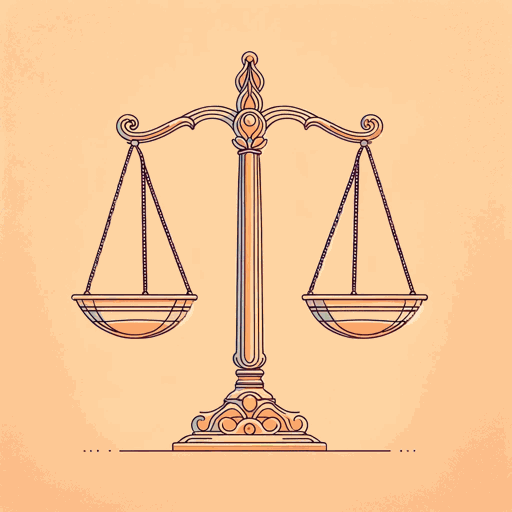49 pages • 1 hour read
Milton Friedman, Rose FriedmanFree To Choose
Nonfiction | Book | Adult | Published in 1980A modern alternative to SparkNotes and CliffsNotes, SuperSummary offers high-quality Study Guides with detailed chapter summaries and analysis of major themes, characters, and more.
Chapters 6-8Chapter Summaries & Analyses
Chapter 6 Summary: “What’s Wrong with Our Schools?”
In New York state, in 1836, nearly all children between the ages 5 and 16 attend schools, yet these institutions are mostly private and attendance is not compulsory. Such schooling is also widely available in other states. At about the same time, teachers and officials, led by Horace Mann, campaign for universal education provided by the government at taxpayer expense, on the theory that the state has a duty to educate its children: “Ever since, most children have attended government schools” (153).
Unfortunately, “the government takeover reduced the quality and diversity of schooling” (154). At first, local control is the norm, but by today, control of schooling is largely in the hands of county, state, and federal authorities: “As professional educators have taken over, control by parents has weakened” (155). Schools now promote social agendas beyond mere education. Between 1970 and 1978, spending and staffing rises but the number of school districts drop due to centralization; meanwhile, the number of students and schools decrease, and grades and test scores decline.
A chief problem is that parents, as consumers, have fewer options and influence when schooling is wrested away from local control, while teachers and bureaucrats, as producers, gain power.


